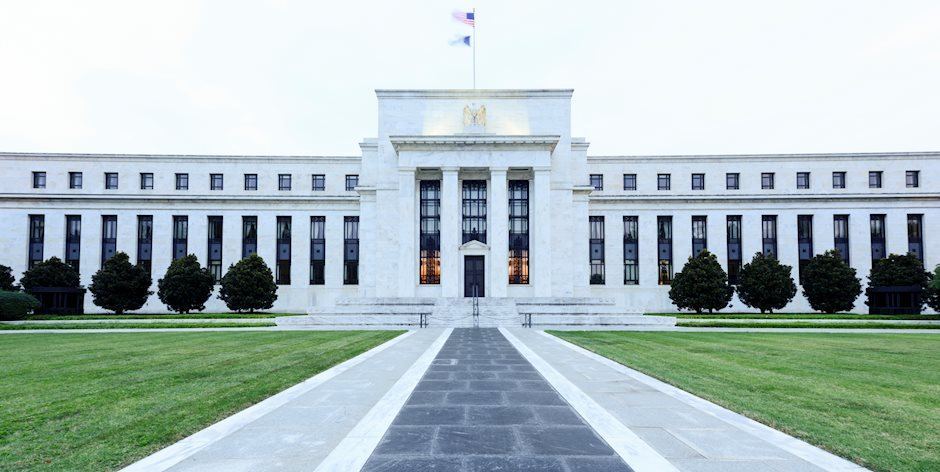Powell speech: Upside risks to inflation have diminished

Federal Reserve Chairman Jerome Powell explains the decision to cut the policy rate, federal funds rate, by 50 basis points to the range of 4.75%-5% after the September meeting and responds to questions in the post-meeting press conference.
Key quotes
"Squarely focused on our goals."
"Economy is strong overall."
"Committed to maintaining economy's strength."
"Fed reduced amount of policy restraint today."
"Our decision today reflects growing confidence that strength in labor market can be maintained."
"Consumer spending has remained resilient."
"Housing sector investment fell back in Q2."
Improving supply conditions have supported demand over past year."
"Our projections show we expect GDP growth to remain solid."
"Labor market has continued to cool."
"Conditions in labor market are less tight than pre-pandemic."
"Indicators suggest labor market is now less tight than just before pandemic."
"Labor market not a source of elevated inflationary pressures."
"Inflation has eased notably but remains above our goal."
"Longer term inflation expectations appear well anchored."
"Our primary focus had been on bringing down inflation, which imposes significant hardship."
"Our patient approach has paid dividends."
"Inflation is much closer to our goal."
"Upside risks to inflation have diminished and downside risks to labor market have risen."
"We are attentive to risks on both sides of mandate."
"We are not on any pre-set course."
"We will go meeting by meeting on decisions."
Fed FAQs
Monetary policy in the US is shaped by the Federal Reserve (Fed). The Fed has two mandates: to achieve price stability and foster full employment. Its primary tool to achieve these goals is by adjusting interest rates. When prices are rising too quickly and inflation is above the Fed’s 2% target, it raises interest rates, increasing borrowing costs throughout the economy. This results in a stronger US Dollar (USD) as it makes the US a more attractive place for international investors to park their money. When inflation falls below 2% or the Unemployment Rate is too high, the Fed may lower interest rates to encourage borrowing, which weighs on the Greenback.
The Federal Reserve (Fed) holds eight policy meetings a year, where the Federal Open Market Committee (FOMC) assesses economic conditions and makes monetary policy decisions. The FOMC is attended by twelve Fed officials – the seven members of the Board of Governors, the president of the Federal Reserve Bank of New York, and four of the remaining eleven regional Reserve Bank presidents, who serve one-year terms on a rotating basis.
In extreme situations, the Federal Reserve may resort to a policy named Quantitative Easing (QE). QE is the process by which the Fed substantially increases the flow of credit in a stuck financial system. It is a non-standard policy measure used during crises or when inflation is extremely low. It was the Fed’s weapon of choice during the Great Financial Crisis in 2008. It involves the Fed printing more Dollars and using them to buy high grade bonds from financial institutions. QE usually weakens the US Dollar.
Quantitative tightening (QT) is the reverse process of QE, whereby the Federal Reserve stops buying bonds from financial institutions and does not reinvest the principal from the bonds it holds maturing, to purchase new bonds. It is usually positive for the value of the US Dollar.
Author

Eren Sengezer
FXStreet
As an economist at heart, Eren Sengezer specializes in the assessment of the short-term and long-term impacts of macroeconomic data, central bank policies and political developments on financial assets.

















